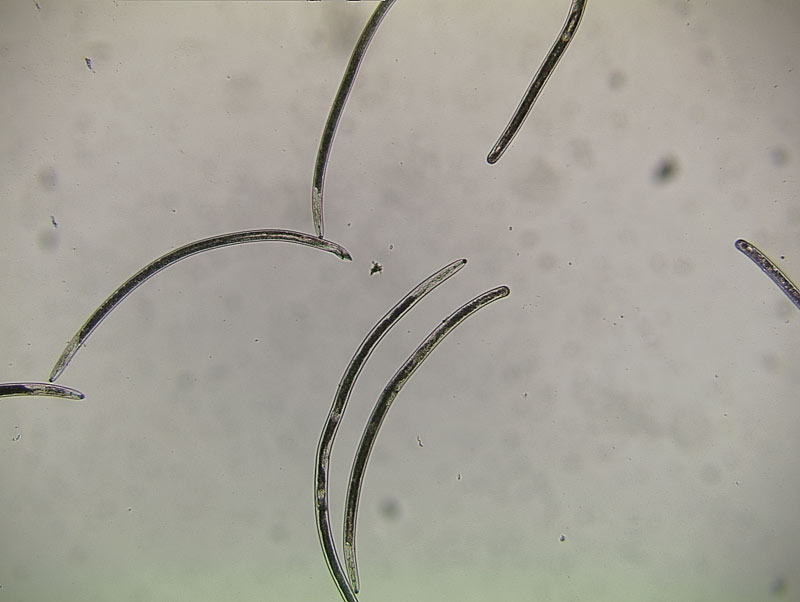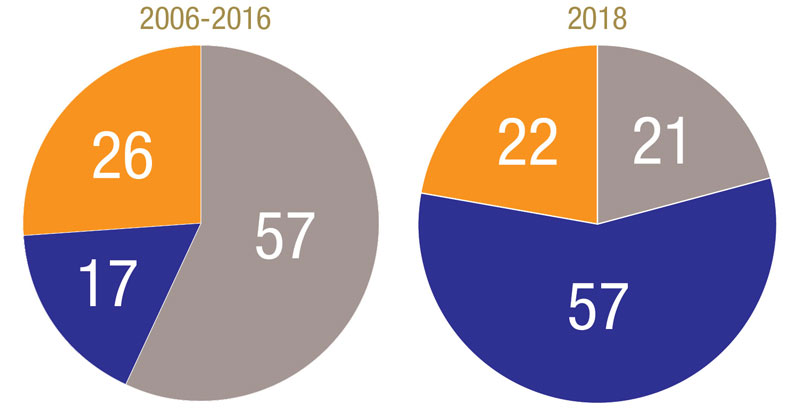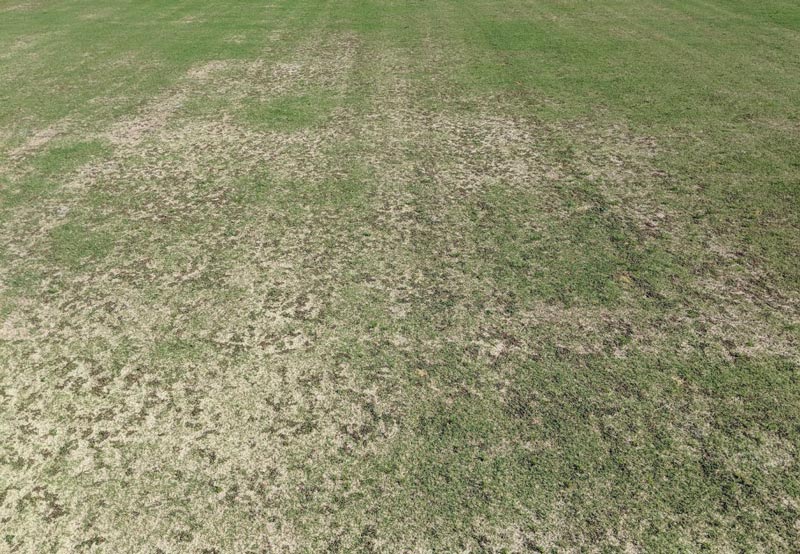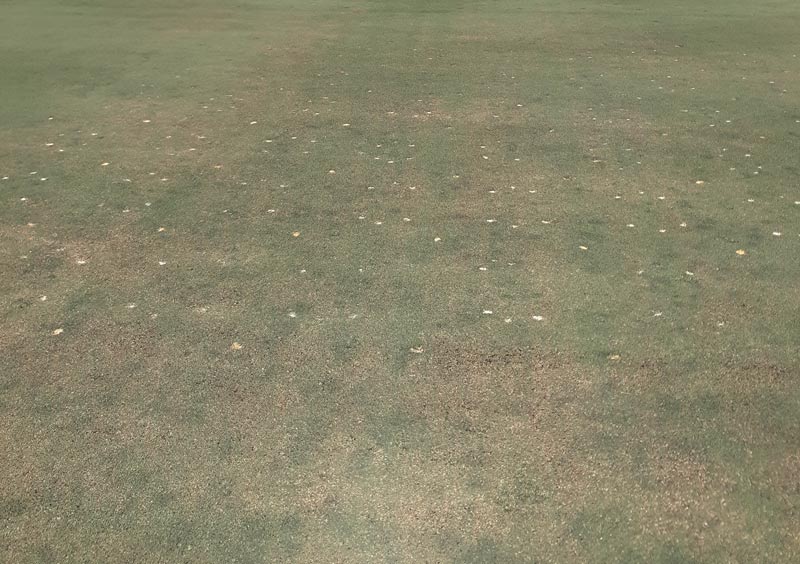
Figure 1. Lance nematodes, Hoplolaimus galeatus. Photos courtesy of W.T. Crow
Editor’s note: This research is funded in part by the Environmental Institute for Golf.
Lance nematodes (Hoplolaimus species) (Figure 1) have long been recognized as pests of golf course bermudagrass. Despite this, very little research effort has been focused on identifying how much damage these nematodes cause to bermudagrass.
Current risk thresholds used by the University of Florida Nematode Assay Lab (NAL) and those used by other diagnostic labs are largely based on observation, not data. Unlike most other plant-parasitic nematodes, lance nematodes continuously move into, out of and within bermudagrass roots, making soil counts a questionable measurement of their abundance.
Products for nematode control
In the past, Nemacur was the primary turfgrass nematicide used by the golf turf industry, providing control of all kinds of plant-parasitic nematodes, including lance nematode. One of the reasons Nemacur was effective on lance nematodes was because the active ingredient (fenamiphos) had both contact and systemic activity, so it would kill lance nematodes inside roots as well as in soil.
Since their launch in 2016, the predominate nematicides used on bermudagrass greens have been fluopyram (Indemnify, Bayer) and abamectin (Divanem, Syngenta; Todal, Quali-Pro; Nemamectin, RightLine). Fluopyram is not effective on lance nematode. Abamectin will kill lance nematodes if it contacts them, but only if the nematodes are in the soil, and only if they are in the extreme upper portion of the soil profile. University of Florida research has found that lance nematode numbers may increase following applications of fluopyram or abamectin, possibly because of decreased competition from other nematodes that are effectively controlled by the nematicides.
Increases in lance nematode

Figure 2. Florida bermudagrass golf course samples containing lance nematode that were received by the University of Florida Nematode Assay Lab from 2006 to 2016 (left) and in 2018 (right). Numbers on the graphs indicate the percentage of those bermudagrass samples that are at low risk (gray), moderate risk (orange) or high risk (blue) from the existing nematode infestation.
Of the golf course bermudagrass samples that were received by the NAL from 2006 to 2016 that contained lance nematodes, 17% were considered “high risk,” and 57% were “low risk” based on the current thresholds. However, in 2018, only two years after Indemnify and Divanem launched, 57% of golf course bermudagrass samples that had lance nematodes were considered “high risk,” and only 21% were “low risk” (Figure 2, above). This indicates that numbers of lance nematodes on Florida golf courses are increasing, probably because of the lack of effective management tools for this pest.
Although lance nematode abundance on golf course bermudagrass is increasing, how much concern that should cause is unknown. Visual turf and root damage can be observed with 200 lance nematodes per 100 cubic centimeters (6 cubic inches) of soil, but there are cases in which more than 1,000 lance nematodes per 100 cubic centimeters of soil are found on healthy turf and roots.
Research: Diagnosing lance nematode
Our two-year experiment has several objectives: 1) to refine the lance nematode risk thresholds for ultradwarf bermudagrass greens based on research data; 2) to determine whether nematode counts from soil or from roots are the best predictor of nematode damage; 3) to determine the best time of year to collect lance nematode samples for predictive purposes; and 4) to determine whether lance nematode counts mean different things for nematicide-treated turf and untreated turf.
Methods and materials
We selected two sites, one at the University of Florida Plant Science Unit in Citra, Fla. (Figure 3, below), and one at the University of Florida Research and Education Center in Davie, Fla. (Figure 4, below). The Citra site is planted with Sunday bermudagrass, and the Davie site is planted with TifEagle bermudagrass. Both sites are heavily infested with the lance nematode Hoplolaimus galeatus.

Figure 3. The research site at the University of Florida Plant Science Unit in Citra, Fla., has recently suffered from lance nematode damage.

Figure 4. The lance nematode has caused significant damage to the research site at the University of Florida Research and Education Center in Davie, Fla.
On each site, we laid out 120 small plots: 60 that remain untreated throughout the trial, and 60 that receive regular nematicides applications. The nematicides used in this research are Indemnify (17.1 fluid ounces/acre; 1.25 liters/hectare) applied in March and October, and Divanem (12.2 fluid ounces/acre; 0.89 liter/hectare) applied in May, June, July and August.
Every two weeks, percent green cover and NDVI are measured from each plot to evaluate turf health, and TruFirm measurements are taken for turf firmness. Nematode and root samples are collected from each plot four times per year (February, May, August, November). Four plugs, 1.5 inch (3.8 centimeters) in diameter by 2.5 inches (6.4 centimeters) deep, are taken from each plot for nematode analysis, and two cores, 1.5 inch in diameter by 6 inches (15 centimeters) deep, are taken for root extraction. Soil from the four nematode plugs from each plot are combined, and nematodes are extracted from a 100-cubic-centimeter subsample to determine nematode numbers in the soil. The turf plugs are then gently washed to remove adhering soil and are incubated in the mist chamber to extract nematodes from the roots. For root samples, soil is gently removed from the roots, and the root lengths are measured using WinRHIZO software.
Percent green cover, NDVI, TruFirm (FieldScout) measurements, and root lengths at the different dates are regressed on nematode counts from soil, roots and soil-root combined at different dates to: 1) quantify the relationship between lance nematode and turf health; 2) identify the best times to collect lance nematode samples for predictive purposes; 3) determine which sampling method (soil or mist) provides the more accurate predictor of nematode damage; and 4) determine whether lance nematode counts have different meaning on untreated turf and nematicide-treated turf.
Results
This experiment was initiated at both locations in March 2019, and most of the data through September 2019 has been analyzed. General observations from that data include the following.
- Compared with untreated plots, treated plots showed an increase in lance nematode numbers and a decrease in root-knot nematode numbers.
- Initially, turf quality in treated plots increased in comparison with untreated plots, likely because the nematicides reduced pressure from root-knot nematode. However, after four to five months, the turf quality in treated plots declined so that it was equal to or even less than turf quality of the untreated plots, because lance nematode levels in the treated plots increased to more damaging levels.
- In March, numbers of lance nematodes were much higher from soil extraction than from mist extraction. However, over time, the numbers recovered by soil extraction decreased while the numbers recovered from mist extraction increased. By September, mist counts were much higher than soil counts.
W.T. Crow is a professor of nematology and the landscape nematologist in the Entomology and Nematology Department at the University of Florida, Gainesville, Fla.